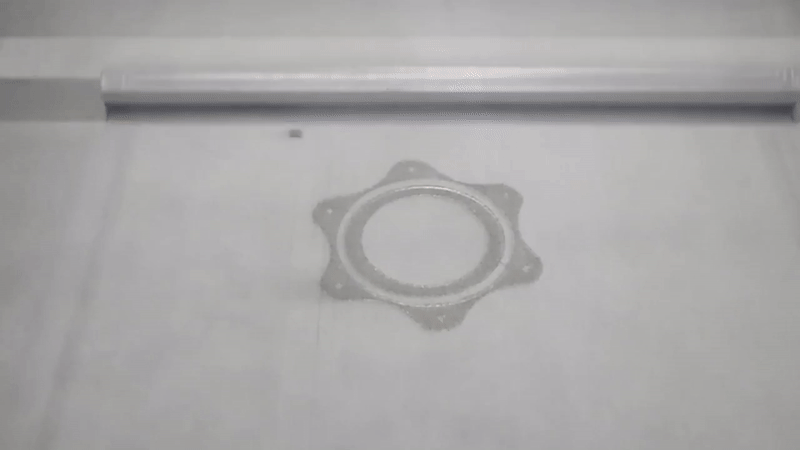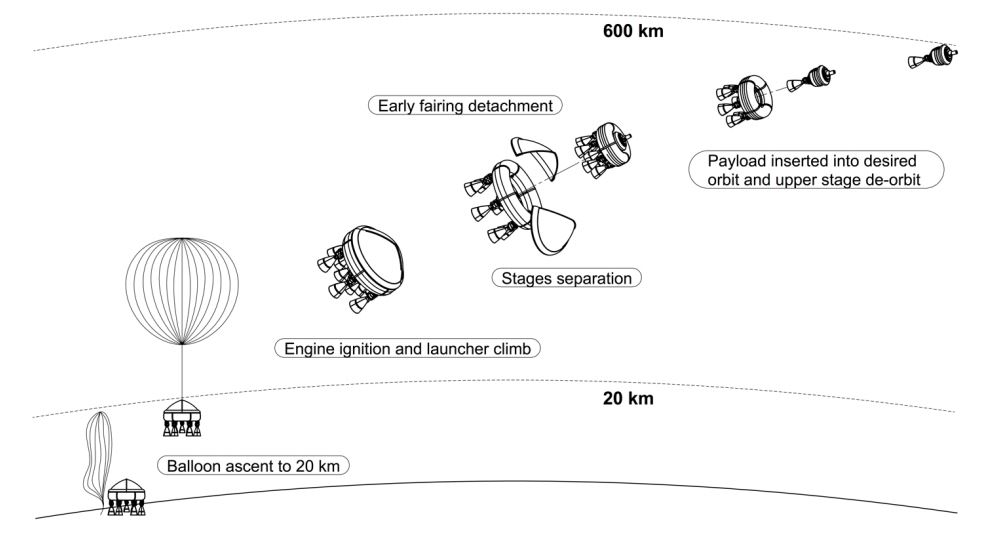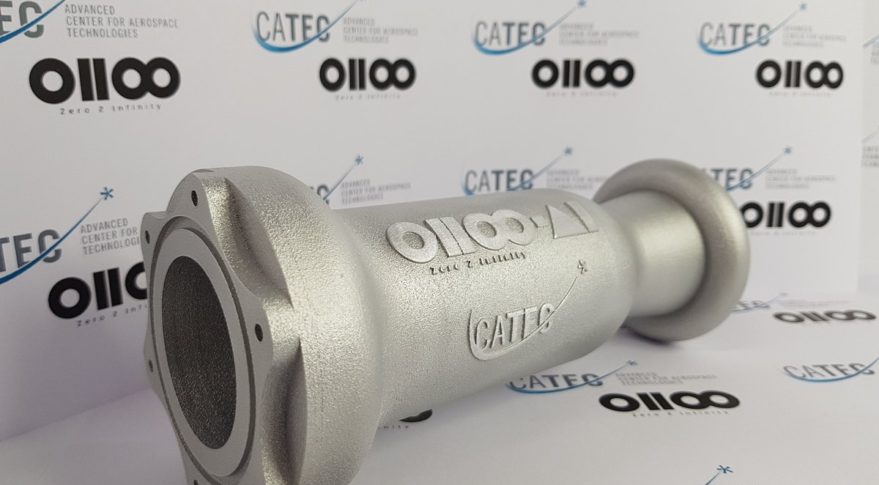Zero 2 Infinity (Z2I) is a Spanish aerospace company using 3D printing as part of its Bloostar balloon assisted rocket, developed to launch satellites weighing up to 75kg into low Earth orbit.
Spanish non-profit, Andalusian Foundation for Aerospace Development (FADA), used 3D printing to produce a rocket combustion chamber for Z2I using Renishaw’s RenAM 500M 3D printer.
The RenAM 500M is a laser powder bed fusion 3D printer, designed for industrial metal part production. It features a build volume of 250x250x350mm, with automated powder and waste management systems to ensure consistency.

3D printing’s cost, mass and environmental advantages
Most fuel used to fire an object into space is spent escaping the Earth’s atmosphere. Bloostar uses balloons to lift satellite carrying rockets above the densest part of the Earth’s atmosphere.

After an ascent of 20km, Teide 1 and 2 rockets are fired in three stages to bring the satellite to an altitude of 600km. Six Teide 2 15 kilonewton engines are used in the first stage, whilst seven smaller Teide 1 two kilonewton engines are used for the second and third stages.
Z2I’s Teide engines are named after the inactive volcano located in the Canary Islands near where Z2I plans to perform Bloostar launches. José Mariano López-Urdiales, Z2I’s founder, says “the Teide family of engines are very simple and robust, with minimal creation of soot and thermal damage. They pave the way for future re-usable versions of Bloostar.”
The Teide 1 engines use FADA’s 3D printed combustion chamber. López-Urdiales says that “due to the [small] engine size they can be effectively produced using 3D printing techniques which eases the rapid prototyping-test-improvement cycle.” 3D printing has also allowed FADA and Z2I to reduce the mass and cost of the engines.
Z2I is one of five contract recipients chosen by the European Space Agency for the development of small launch vehicles. Z2I is aiming to have the first commercial launch of the Bloostar in 2019.

AI and neural networks assisting 3D printed design
FADA’s Advanced Center for Aerospace Technology plans to apply AI and neural networks to design 3D printed thrust chambers with better cooling.
Speaking on the application of AI to rocket design López-Urdiales said “Traditional rockets have had straight cooling channels because that’s all that could be manufactured. When you put a flashlight in your ear, you see a wonderful tree-like structure of blood vessels. We don’t have straight rows of blood vessels in our ears. 3D printing and AI now allow rockets to evolve, like nature.”
A new generation of 3D printed rockets
Engineers at NASA’s Marshall Space Flight Center have patented a new method of metal 3D printing, for the fabrication of rocket nozzles. NASA has also been working with AeroJet Rocketdyne to use 3D printing in the production of shuttle engines. The Additive Manufacturing Center of Excellence has been established with the help of NASA, amongst others, to advance the state of additive manufacturing in industry, including in aerospace.
Keep abreast of all latest applications of 3D printing in aerospace. Subscribe to the 3D Printing Industry newsletter, follow us on Twitter, and like us on Facebook.
Want to kick start your career in 3D printing? Check out the 3D printing jobs board.
Vote for your favorite 3D printing companies in the 2018 3D Printing Industry Awards.
Design the trophy for the awards in the 3D Printing Industry Awards design competition, sponsored by Protolabs.


